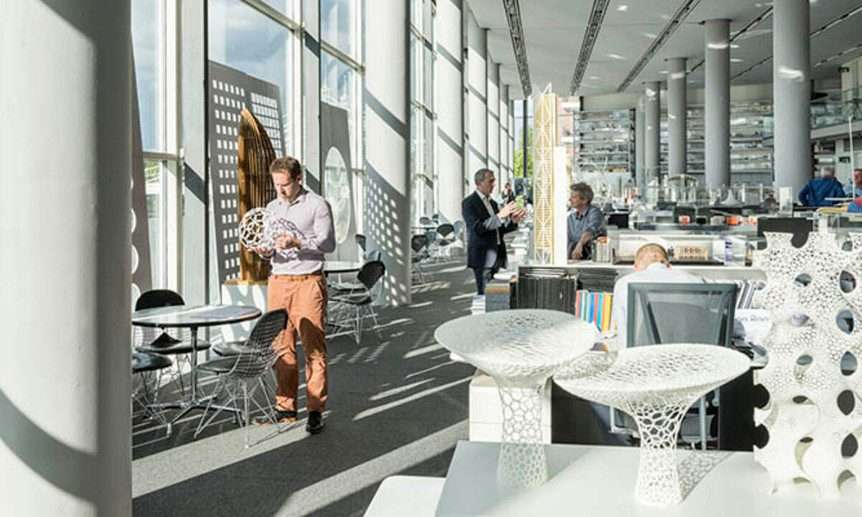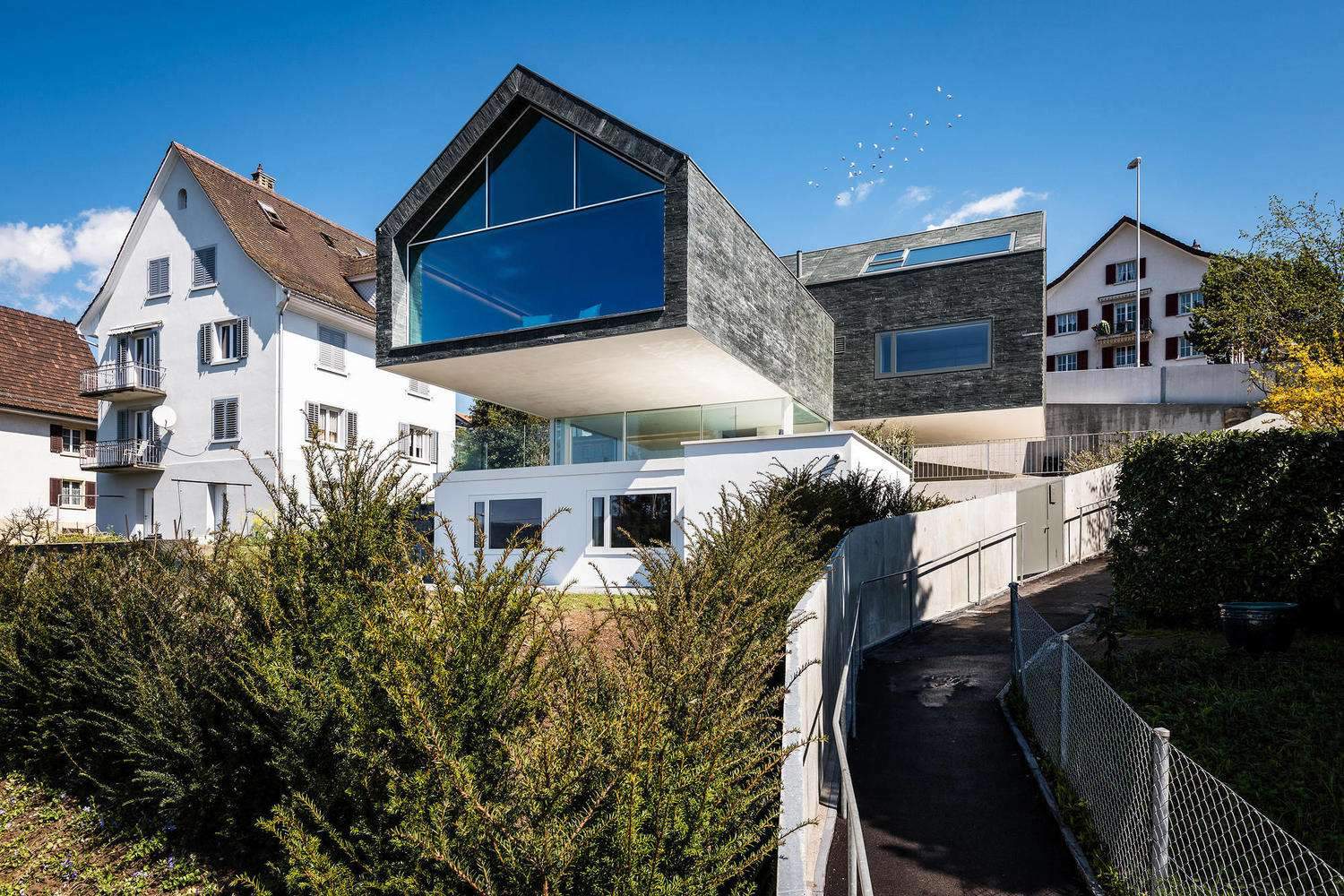How to choose the right architecture firm for you
At one point or another, the process of “decision making” is an important aspect of life.
The choice we make can determine a direction in our lives and affect our future.
Choosing between small and large architectural firms
Here are some points to consider when you stop, to help make the right decision.
Define your priorities
You have to visualize the consequences of the choices, be clear about what you want to achieve.
You should check all the results to see which one aligns most with your values and goals.
Research and analyze both options
Then research and analyze all the information, facts and figures relevant to the options available.
Also connect with people who have chosen the same direction as you, as they can help you understand things objectively.
For example, you can connect with BIM professionals, if you are interested in them.
Or if you are interested in other areas of design, you can explore the design experience as Mitheel Vartak did.

Provide a list of pros and cons
Think about the relevant outcomes by weighing all the pros and cons of both scenarios.
Try to choose the one that matches your short/long term goals, lifestyle and interests.
As this process gives you a good understanding of the things you need, and to make the right decision as well.
The importance of company size
Now here comes an important question, for a recent graduate architect, about how important is the size of an office, and does it really matter?
It’s a question I’ve always come across during public debates within the architectural fraternity, especially during recruitment campaigns.
Choosing the right sized fork is a crucial aspect of your career, even for training.
Although both types of companies have many benefits.
It may be a good idea to work in both types of offices just to experience the differences for yourself and see what works best for you.
However, since this is not always possible, let’s take a look at the characteristics of large companies and small businesses to help you simplify your decision-making process.
A look at the big architecture firms
Big companies portray a fascination that many young architects are drawn to.
Which stands proud with an abundance of opportunities, big projects and international brands,
and needless to say, it offers some very attractive benefits, namely:
Greater human resources
Large architecture firms offer a different set of opportunities mainly because they have more people,
and therefore human resources will be sufficient.

Greater Art Resources
Large companies can invest in more material resources than a small company, since these companies usually generate more revenue and profits.
Computers and the latest design software, modeling and course materials are prepared and in-house care facilities.
In addition to a library of materials, printers, 3D printers, laser cutters and virtual reality technology.
Also, advanced audio-visual rooms are part of the working environment.
Large companies can also dedicate part of their time and resources, including funding, to research and development, along with abundant resources.
Skill development and exposure
Large companies also offer in-house training programs and various courses/workshops to encourage skills development, along with tangible resources.
Growth potential in terms of international exposure could also be available.
Big projects
Large companies have dedicated ways to focus on business development, production, account management,
project management, social media management, design, etc. The volume and variety of projects being undertaken is also extensive.

High Income Opportunities
A large company has the ability to share the revenue generated significantly with employees, and later, the potential profit is more.
And there are some other points to note at once, large companies often have a strict structural hierarchy.
You become part of the system with clear rules and consistent practices.
In such an environment, you may have to go the extra mile to stay disciplined.
Also, the work that employees do here will be more specialized, as different people are assigned different roles.
This lack of flexibility could lead to potential creative fatigue, although it is important to note here that these companies
are also looking to hire newly graduated professionals who are able to handle a wide range of different tasks.
For more architectural news






